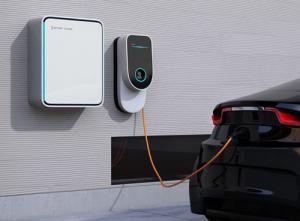Creative Design Ahead
Ryan Hledik, John Higham and Ahmad Faruqui are economists with The Brattle Group. The views expressed in this paper are entirely their own and not necessarily those of their clients or employer.
Time-of-use electricity rates charge customers prices that vary by time of day, more accurately reflecting costs associated with generating and delivering electricity. While TOU rates have been offered by utilities for decades, the recent increase in consumer adoption of distributed energy resources has spurred a new wave of rate offerings.

Featured among the new offerings are TOU rates that specifically target households with electric vehicles.
The charging of EVs can produce significant spikes on the distribution system. A Level 2 home charger produces around seven kilowatts of demand, which often exceeds the maximum demand of a typical home. A trend toward faster charging technologies could see this demand increase significantly as DC fast chargers draw as much as a hundred and twenty kilowatts.
This new charging load could quickly put significant strain on the distribution system, particularly if EVs are adopted in a geographically clustered fashion. There will be a considerable need to shift EV charging away from peak hours. TOU rates are an effective tool for providing such an incentive.
EV charging load is potentially well suited for responding to TOU price signals in a flexible manner. Most light-duty EVs are in use for a relatively small portion of the day. This leaves many hours of the day available for charging. Further, smart charging devices allow drivers to program their vehicles to automatically charge at pre-set times.

